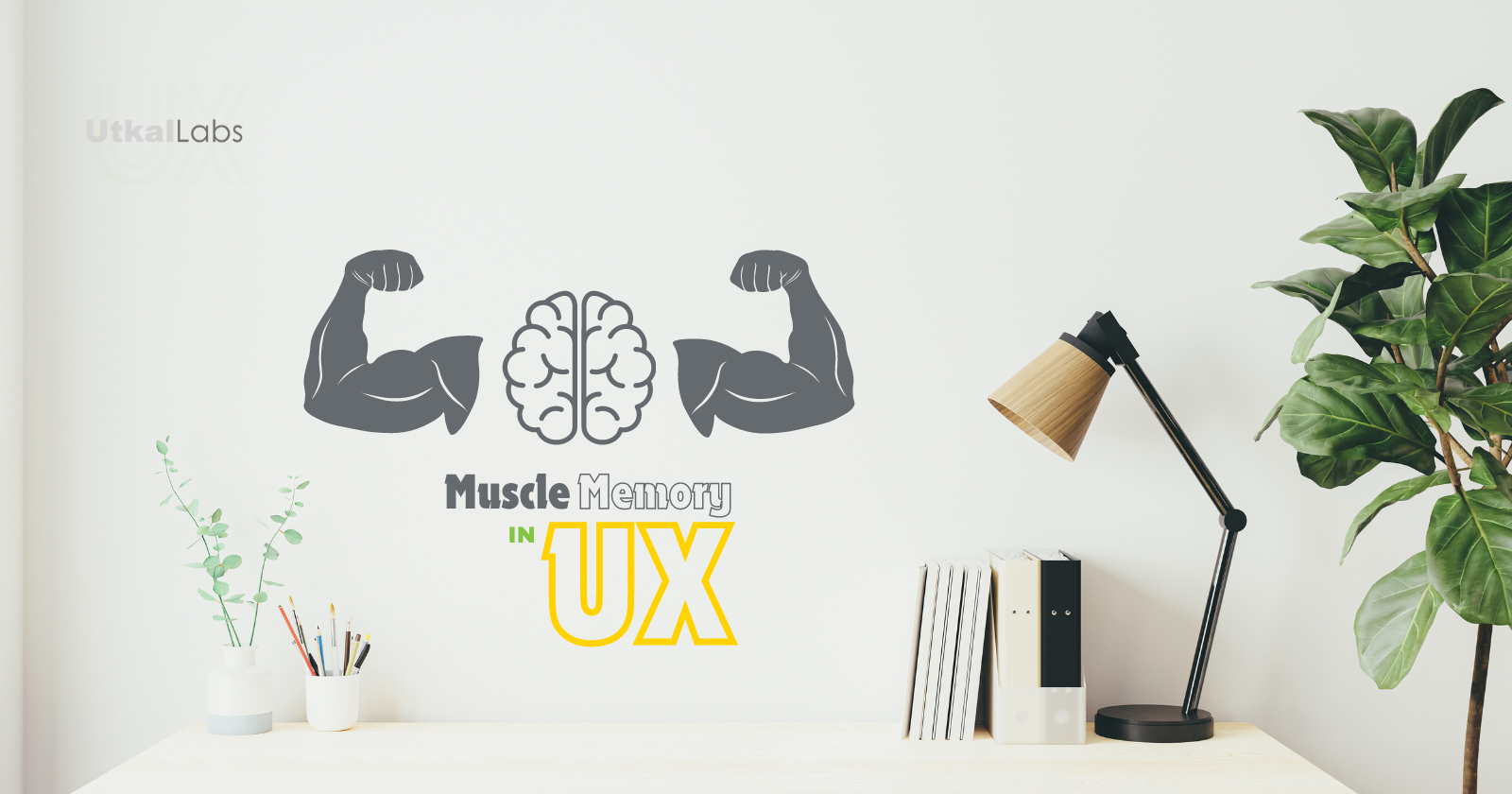From Click to Habit: How Muscle Memory Enhances User Experience
 Suvendu Shekhar Giri
Suvendu Shekhar Giri
Recently, while chatting with my 7-year-old daughter’s dance teacher, I learned about the pivotal role muscle memory plays in dance. The teacher explained how repeated practice allows dancers to perform complex routines effortlessly, relying on ingrained movements. This conversation inspired me to think about muscle memory's application in user experience (UX) design. At Utkal Labs, we follow all futuristic trends and best practices of UX to ensure best experiences for the users. I realized that just like in dance, UX designed for muscle memory significantly enhances user interactions in digital products.
What's Muscle Memory BTW?
Muscle memory refers to the process by which our brains encode and automate repetitive physical actions, making these actions more efficient and requiring less conscious thought over time.
Examples:
Driving a car: Shifting gears, pressing pedals, and turning the steering wheel - all happens without consciously thinking about these actions.
Using a TV remote: At our home, we hardly look at the remote while adjusting volume or accessing some other functionalities. If you have used JIO Set-top box, you must have found it very difficult to use initially. Muscle memory is one of the reason.
A UX Perspective
From a UX perspective, muscle memory is crucial in designing web and mobile apps. When users become accustomed to a particular interface, their ability to navigate and interact with it becomes second nature. This leads to a smoother, more intuitive experience, reducing cognitive load and increasing user satisfaction.
Examples:
Google Pay - Payment Navigation: Users who frequently use Google Pay for transactions develop a habit of navigating the payment interface with ease. The consistent placement of the "Scan QR code" button and "Pay contacts" options helps users complete transactions swiftly.
Facebook- Like Button: Regular users of Facebook instinctively know the location and appearance of the "Like" button. Over years of usage, the placement of this button has become a part of their muscle memory.
A UX Developer's Approach
Consistency is Key!
Ensure that the placement of key elements like buttons, navigation bars, and icons remains consistent across all versions of the app. This helps users develop muscle memory, making their interaction more intuitive.
Example: WhatsApp has kept its chat interface largely unchanged over the years, allowing users to rely on muscle memory for quick navigation and message sending.

(Image source: Reddit)
Here are a few more suggestions to consider:
Follow Established Patterns: Adhere to common design patterns and conventions familiar to users. For example, placing navigation tabs at the bottom of the screen in mobile apps, as seen in Instagram and Facebook.
Usability Testing and Feedback: Conduct regular usability tests to observe how users interact with the app. Gather feedback to identify areas where users struggle and make necessary adjustments while maintaining consistency.
Keep things simple and predictable: Design with a clear visual hierarchy to guide user attention to important elements. Consistent use of colors, fonts, and iconography helps users quickly recognize and interact with key features.
Documentation: Create comprehensive design guidelines and documentation to ensure that all developers and designers follow the same principles, ensuring consistency, even across different app versions.
Conclusion
Muscle memory plays a vital role in creating intuitive and user-friendly experiences, whether in mobile apps, websites, or physical interactions. By leveraging muscle memory, designers and developers can ensure that their users navigate and interact with digital products effortlessly.
The idea of writing this article stemmed from the fact that there are not many resources available on the role of muscle memory in UX design. If you found the ideas and examples shared here valuable, I would love to hear your thoughts in the comments below. Your encouragement will motivate me to delve deeper into this topic and explore in-depth concepts and implementations that can further enrich our understanding of muscle memory in UX design.
At Utkal Labs, we prioritize futuristic trends and best practices in UX design to deliver high-quality solutions tailored to our clients' needs. By understanding user behavior and focusing on consistency, accessibility, and familiarity, we help create products that not only meet but exceed user expectations.
Subscribe to my newsletter
Read articles from Suvendu Shekhar Giri directly inside your inbox. Subscribe to the newsletter, and don't miss out.
Written by
